10 conclusions from the Tour of Flanders
Analysis of Cancellara's complete performance, OPQS failings, BMC's new found focus and road safety
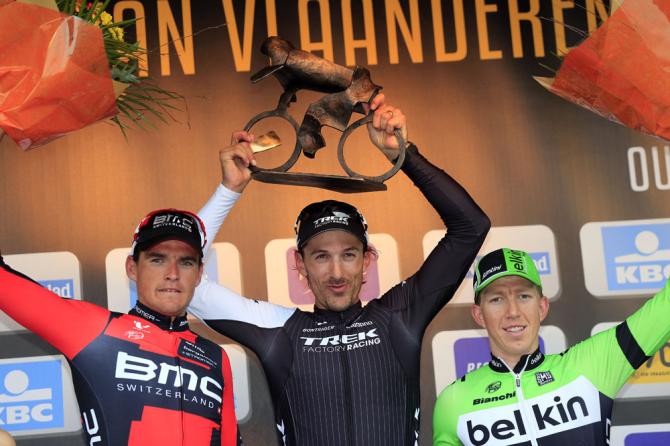
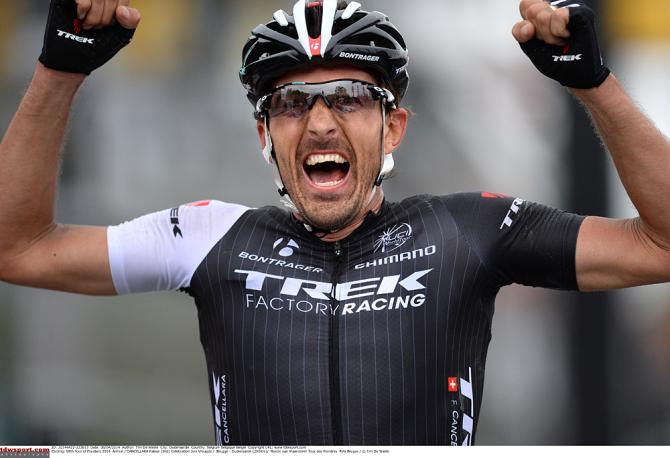
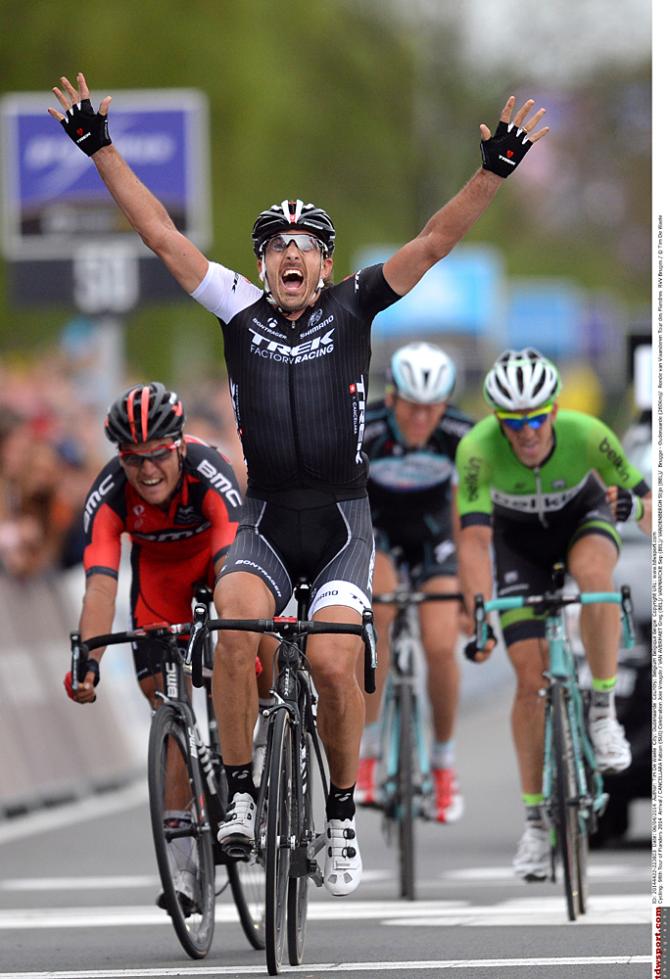
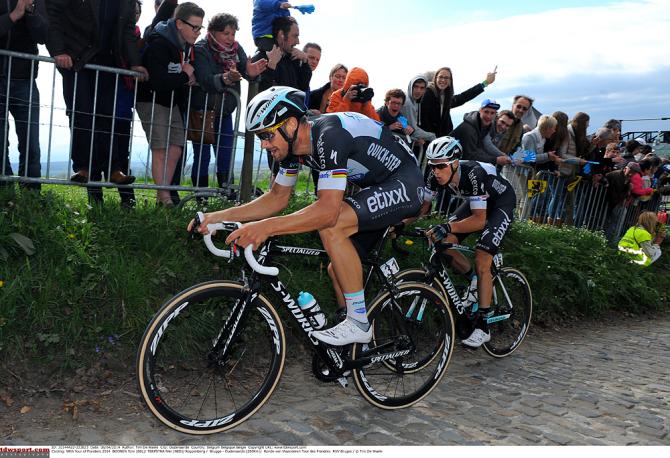
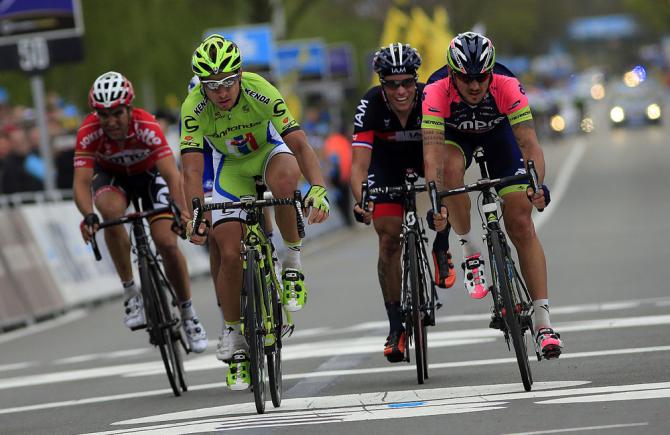
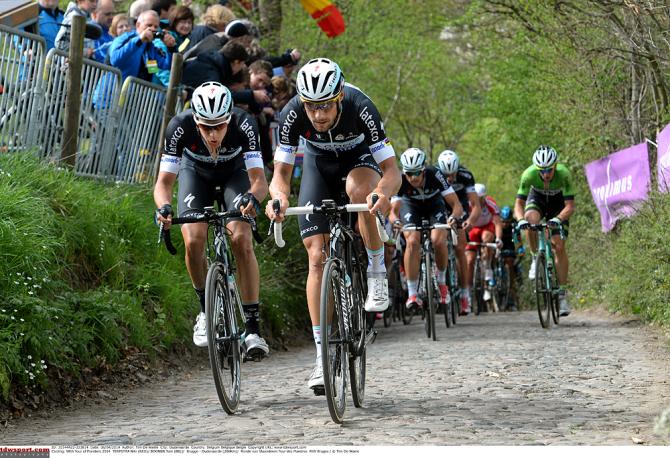
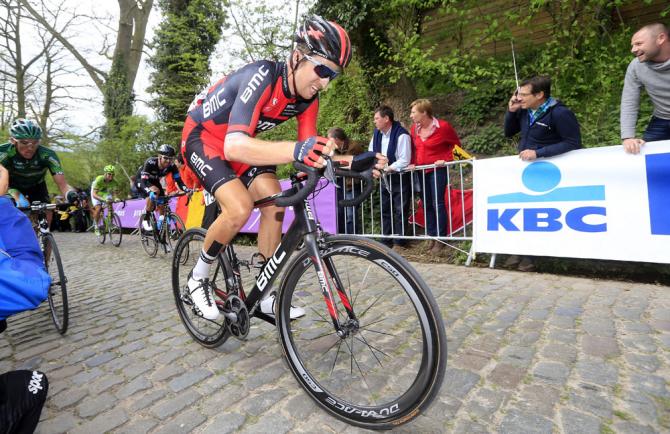
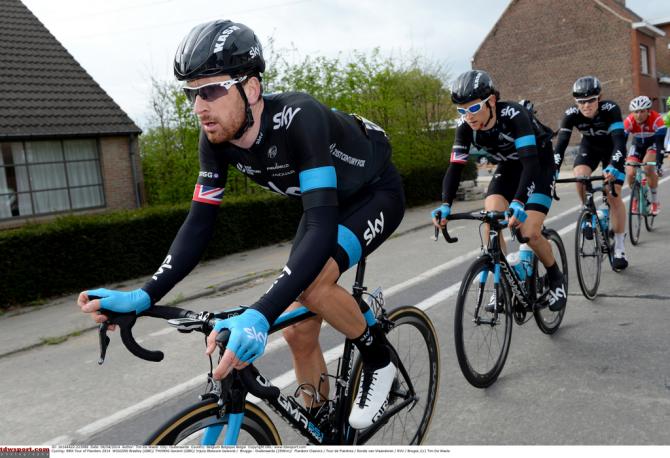
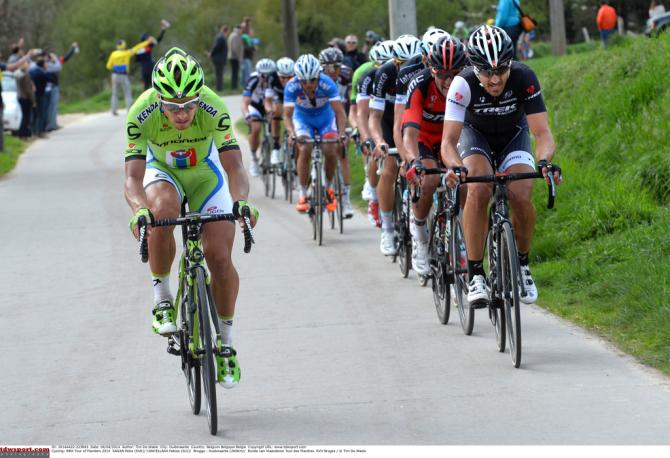
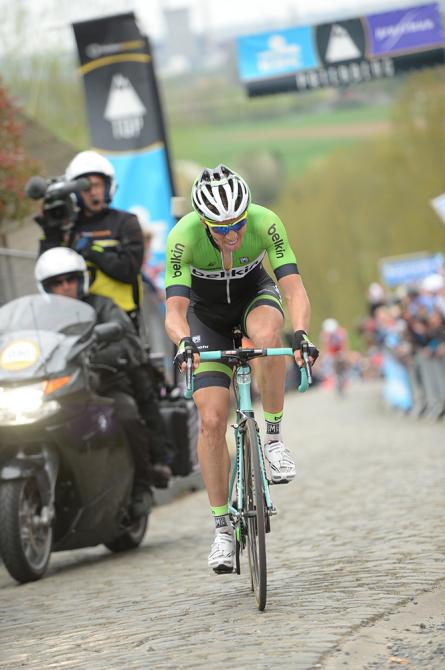
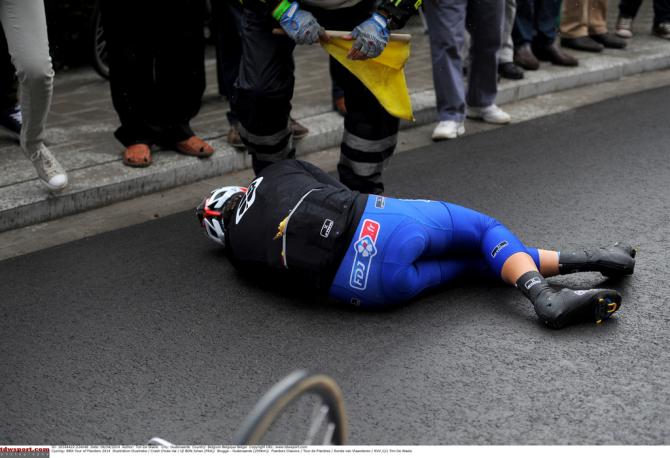
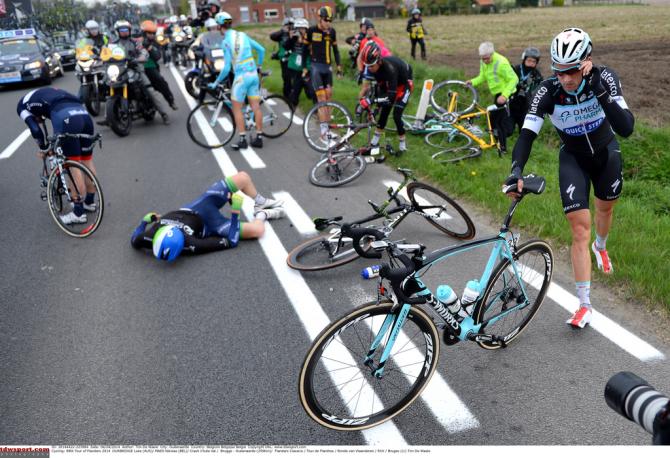
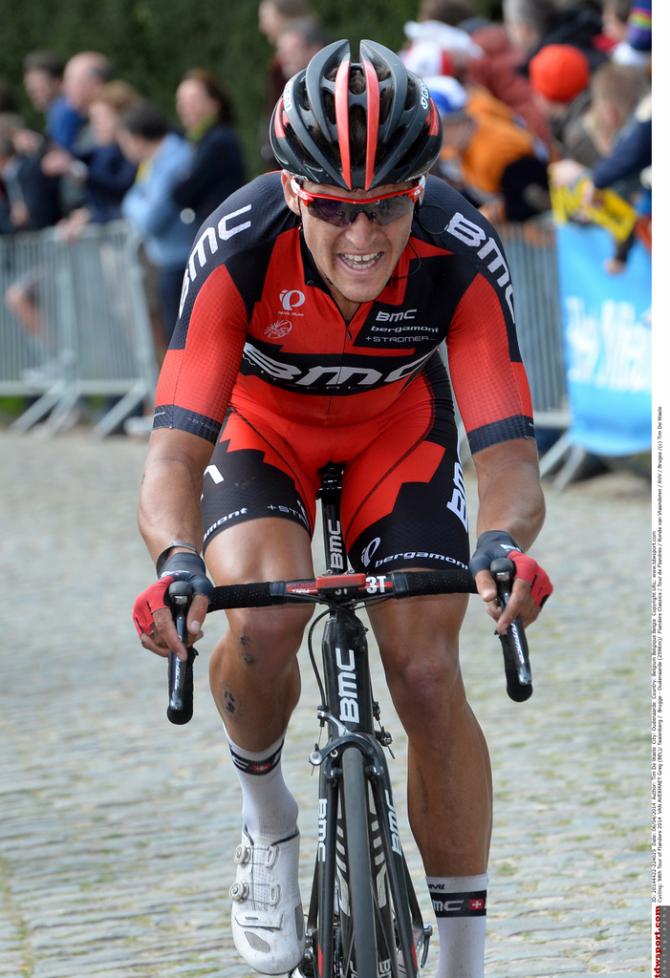
The Tour of Flanders and Fabian Cancellara's victory sparked lots of debate and analysis. These are our 10 conclusions from the race.
Let us know what you think in the comments section below or on the Cyclingnews' Facebook page.
1. Cancellara’s most complete performance?
Trek Factory Racing had just one rider in the top 60 finishers at the Tour of Flanders, while their main rivals Omega Pharma-QuickStep had three inside the top seven. Suffice to say that statistic only makes Cancellara’s winning ride even more impressive.
And this wasn’t the Cancellara who would simply bludgeon the opposition into the dust of the cobbles – perhaps those days are over for good – but instead a rider comfortable with altering his game plan and using an array of weapons to seek that knock-out blow. Having been criticised for lacking variation in the past, Cancellara produced one of his most complete performances in the Spring Classics.
Having allowed Omega Pharma-QuickStep to ride themselves needlessly ragged in the middle sector of the race, Cancellara - almost without a team - made one decisive move on the Oude Kwaremont. His next masterstroke came in the closing kilometres when he kept his head, used his cool and forced Vanmarcke into chase van Avermaet and Vandenbergh.
The icing on the cake came with his sprint. A Cancellara from the past might have hit the front early, but this time he used his experience. He was in complete control, even caging in his younger opposition as he drew back before unleashing his final move and sprinting to the line.
Get The Leadout Newsletter
The latest race content, interviews, features, reviews and expert buying guides, direct to your inbox!
2. Omega Pharma-QuickStep out of step
It’s hard to imagine that having strength in numbers could be a weakness, but on Sunday it proved to be Omega Pharma-QuickStep's undoing with a performance that promised so much but delivered so little.
That the team boss Patrick Lefevere came out the morning after the race to state that he doesn’t ride for second place goes some way to explain their lack of success at the Tour of Flanders, but does not justify it. There was certainly an element of overconfidence from his men on the road.
It is easy to be critical of Belgium’s number one team in hindsight, and especially after they came into the race in such high form. And had van Avermaet not ridden a race of such extensive aggression by attacking so early, it could have perhaps been different.
Was Vandenbergh the right man to follow that move and would Terpstra have been allowed up the road if he’d responded to Van Avermaet instead? We don’t know the answers but had Vandenbergh cooperated with van Avermaet the team would have secured second at the very least. On the Oude Kwaremont the wheels fell off Tom Boonen's chances. It was a scene that was reminiscent of Great Britain’s ride in the men's road race at the London Olympics in 2012. Too much talk, too much hype but no end product.
In his post-race interview, Boonen talked about a lack of communication within the team. Was that between himself and Terpstra, who seemed unwilling or unable to sacrifice themselves for one another, or a general realisation that defeat was inevitable once Cancellara and Vanmarcke had escaped?
It will be a long week for the team ahead of Paris-Roubaix and an even longer season if they go another campaign without a Classics win.
3. The Peiper effect
Less than 12 months since Alan Peiper’s appointment as BMC’s Performance Director, the team look an entirely different squad to the one flattered to deceive in every one of their previous Classics campaigns, and while the search for their first Monument continues, it is now surely a case of when and not if they win one.
Much of the credit for their transformation rests with Peiper, who has brought clarity, cohesion and cooperation into a squad that looked bloated with famous riders rather than winners. The effects of his work can be traced back to the manner in which they raced an aggressive Vuelta at the tail end of last year but in Flanders the men in red and black almost reached their zenith.
One leader and one goal was the clear mantra Peiper has instilled and the groundwork was laid by the excellent Taylor Phinney and Manuel Quinziato, who both forced the opposition onto the back foot before Greg van Avermaet’s sterling attack and well-deserved podium.
It was a team display reminiscent of Lotto Belisol’s performance 12 months ago but with perhaps greater gravitas given that Omega Pharma-QuickStep looked to control everyone and everything.
Peiper wasn’t the most talented rider to move to Europe from Australia, but he was certainly one of the most hardworking and dedicated and he’s brought that attitude to BMC.
Tales of training days where he used to turn up Greg LeMond’s house to find the American in a dressing gown and intent on playing video games before going it alone are testament to his drive and he’s brought that into BMC. The team may still be looking for that elusive first Monument and it may not come this year, but it’s certainly closer than ever before.
4. Team Sky show further improvement
Team Sky's performance probably warranted more than Geraint Thomas’ eighth place but there are clear signs that the Classics squad of the British team is moving in the right direction.
Like BMC, they seem to have figured out that single dedication to one leader, with Edvald Boasson Hagen, Thomas or Ian Stannard -either revolving leadership or acting as foils – works better than an approach involving multiple heads of state. Had Thomas not suffered yet another crash he may well have featured more heavily in the finale but the team deserve credit for their perseverance.
Their results in the one-day races have generally been poor but they have appear to be developing some of the best young talent of the next generation of cobbled Classics contenders.
5. Sagan falls silent
In spite of his victories at E3 Harelbeke and on the opening stage of the Three Days of De Panne, a closer analysis of Peter Sagan’s performances in recent weeks suggested that he was not in the same sparkling form as 12 months ago. Sunday’s performance bore that thesis out. Unable to follow Cancellara on the Kwaremont, his head dropped and the Slovak had to settle for 16th place, 1:25 down.
Standing in the square in Oudenaarde afterwards, Cannondale manager Roberto Amadio correctly pointed out that there was “no need to make a drama” out of Sagan’s low-key showing. For whatever reason – certainly, the ongoing speculation over his 2015 contract cannot have helped – Sagan has fallen short of his own lofty expectations at two successive monuments, but one imagines that it is a temporary blip.
Still only 24 years of age, there is every reason to believe that Sagan can accrue a palmarès to rival those of Tom Boonen and Fabian Cancellara before his career is out. Before he does so, however, Sagan would perhaps do well to look closely at how the Classics Old Firm handle themselves in victory and, especially, in defeat.
Just like at Milan-San Remo, Sagan rode straight to his team bus after the race without pausing to speak to the press. He was understandably disappointed, but was his disappointment any more acute than that of Tom Boonen, for instance? Yet just 10 metres away, Boonen was sitting on the steps of the QuickStep bus and patiently recounting his race in Dutch, French and English for a parade of television crews.
6. Boonen can bounce back – although Roubaix is a big ask
When Tom Boonen was overshadowed by Fabian Cancellara’s feats of strength on the cobbles in 2010 and 2011, some rather premature obituaries were written about the Belgian’s Classics career, yet he duly bounced back to land another Flanders-Roubaix double in 2012.
After he struggled in the finale on Sunday and could only manage seventh place, questions will again be asked about Boonen’s prospects of adding to his running tally of monuments. He has a record three Tours of Flanders and four wins at Paris-Roubaix but turns 34 at the end of this season.
It is important, however, to point out the context in which Boonen has raced this spring. He missed Milan-San Remo after his partner, Lore, suffered a miscarriage, and although he returned to action the following week, no bike rider is an island from his personal life. Boonen’s Flanders preparations were inevitably and understandably very different to normal, even before he sustained a thumb injury at E3 Harelbeke.
It was not surprising then, that Boonen slipped out of contention in the finale, unable to follow when Cancellara and Vanmarcke hit the front on the Kwaremont and the distance began to tell.
“I felt good until 230km and then my light started to fade,” he said. Even so, Boonen sounded an optimistic note about his chances of being more competitive at Paris-Roubaix next weekend. “I hope I can find the other two percent during the week. I think I can because I already feel better than one week ago, so another week could make the difference,” he said.
Recent history suggests that wholesale improvement between Flanders and Roubaix will prove difficult, but it would still be foolish to write off Boonen’s chances off adding to his Classics palmarès in the future.
7. Tweaks to parcours help to encourage invention
Sunday’s race was easily the most entertaining of the three editions of the Tour of Flanders since the finish was moved from Meerbeke to Oudenaarde in 2012. But it’s hard to know if this was due to the tweaks made to the parcours this year, the riders’ growing familiarity with the new finale or a combination of the two.
In 2012 and 2013, the favourites were cagey until the final circuit over the Oude Kwaremont and Paterberg, where the strongest men in the race predictably made the difference. It seemed as though the Tour of Flanders, a race that traditionally champions invention as well as strength, risked following the recent template of the Ardennes Classics, where the day’s action is all too often condensed into one climb in the finale.
In a bid to encourage more aggressive racing, Flanders Classics made some key changes to the route for this year. The distance between the two [rather than three, like last year] laps of the Kwaremont and Paterberg combination was increased so as to help De Ronde shake off its “circuit race” feel, while the Koppenberg was shifted closer to the finish in the hope of a smaller group contesting the finale.
Those factors surely helped, but as the adage goes, it is the riders who make the race, not the route. Omega Pharma-QuickStep’s forcing on the Koppenberg and Steenbeekdries whittled down the field – with 40 kilometres remaining, there were just 13 riders in front, quite a difference from last year – but it was BMC and Greg van Avermaet’s aggression that really cracked the race open.
Van Avermaet had clearly absorbed the lessons of the past two years and realised the futility of waiting for the final lap over the Kwaremont and Paterberg when faced with the strength of Cancellara. And while he fell just short of the big win, his second place finish – like Jürgen Roelandts’ third place in 2013 – suggests that there are some rewards for creativity on the new finale after all.
8. Vanmarcke and Van Avermaet lead Belgium’s line of succession
Fabian Cancellara may be an adopted Flandrian, but there was a more than a hint of displeasure locally that the three Belgians in the winning move didn’t try to work him over in the closing kilometres.
“It was three Belgians in the first group, but it was the Swiss rider who won,” Van Avermaet said tersely when asked if he realised Sep Vanmarcke had shut him down in the finale.
Cancellara duly overpowered the three Flemish riders in the sprint – van Avermaet, Vanmarcke and Stijn Vandenbergh– and a year on from one of Belgium’s worst Classics campaigns in history, there was considerable disappointment that, once again, the biggest prize on the country’s calendar had not fallen to a local rider.
Any doom and gloom surrounding Belgian cycling is sorely misplaced, however. Yes, Boonen may be entering the twilight of his career, but on Sunday’s evidence, the line of succession is already in place, with Vanmarcke and van Avermaet to the fore, and highly-touted neo-professional Jasper Stuyven putting in a decent shift in support of Cancellara early in the race.
We pointed out last week that Vanmarcke has been hugely impressive this spring, albeit without the win to show for it, and he demonstrated his strength once again on Sunday by matching Cancellara pedal stroke for pedal stroke on the Kwaremont and Paterberg.
The shy Kortrijk native – who trained on the Flanders course on Christmas morning last year – is still only 25 years of age, and seems destined to win the race in the future. Before that, of course, he has some unfinished business at Paris-Roubaix. He lost out by inches to Cancellara last year, and seems the man most likely to deny the Swiss rider his third Flanders-Roubaix double next Sunday.
Van Avermaet is a little older, at 28, but he too, has made important strides this year. His focus has on the cobbled Classics has intensified and his confidence has grown since being handed sole leadership of BMC by Allan Peiper, as his aggression on Sunday demonstrated.
Both riders have picked up the useful habit of working their way into winning positions in big races – the next step, of course, is the hardest one.
9. A bad day for France, a terrible day for Italy
For the first time since 1989, there were no French or Italian riders in the top 10 at the Tour of Flanders.
Vincent Jerome (Europcar) was the best Frenchman in 11th place, with Filippo Pozzato (Lampre-Merida) the best Italian in a more distant 17th place.
French cycling is on the up, with a new generation of riders emerging gradually and so the Tour of Flanders was arguably just a day for Les Blues: Arnaud Demare (FDj.fr) failed to finish after taking second at Gent-Wevelgem, Johan Le Bon (FDJ.fr) crashed out early and Tony Gallopin (Lotto-Belisol) struggled. Yet Sébastien Minard (Ag2r-La Mondiale) was super aggressive and six French riders finished in the top 35 that were all within two minutes of Cancellara's winning time.
Italy has not won a cycling monument since 2008 and their chances seem to be getting slimmer with every race. Pozzato complained about not having the change of pace to go with the attacks, while Luca Paolini spent his energy trying to get across to the move of the race and then helping teammate Alexander Kristoff. Oscar Gatto (Cannondale) also raced in a supporting role but failed to be alongside Peter Sagan when he was really needed.
10. Safety first
The spate of crashes at the Tour of Flanders and especially the accident involving Johan van Summeren and the spectator early in the race have highlighted the dangers of racing on Belgian roads that are packed with spectators and numerous items of road furniture.
Many key points of the race, including the climbs, are now lined by barriers to hold back the crowds and stop the riders jumping onto footpaths, bike paths and any area here they can clash with spectators or parked vehicles. However the accidents at the Tour of Flanders confirm that more has to be done. By everyone, to avoid further accidents.
Laws for road safety during races, especially for spectators, arguably need to be improved. Riders need to respect the new UCI rule about sticking to the road and spectators have to learn to stand back from the road, stay behind the barriers and allow the race to pass by in safety.

Barry Ryan was Head of Features at Cyclingnews. He has covered professional cycling since 2010, reporting from the Tour de France, Giro d’Italia and events from Argentina to Japan. His writing has appeared in The Independent, Procycling and Cycling Plus. He is the author of The Ascent: Sean Kelly, Stephen Roche and the Rise of Irish Cycling’s Golden Generation, published by Gill Books.